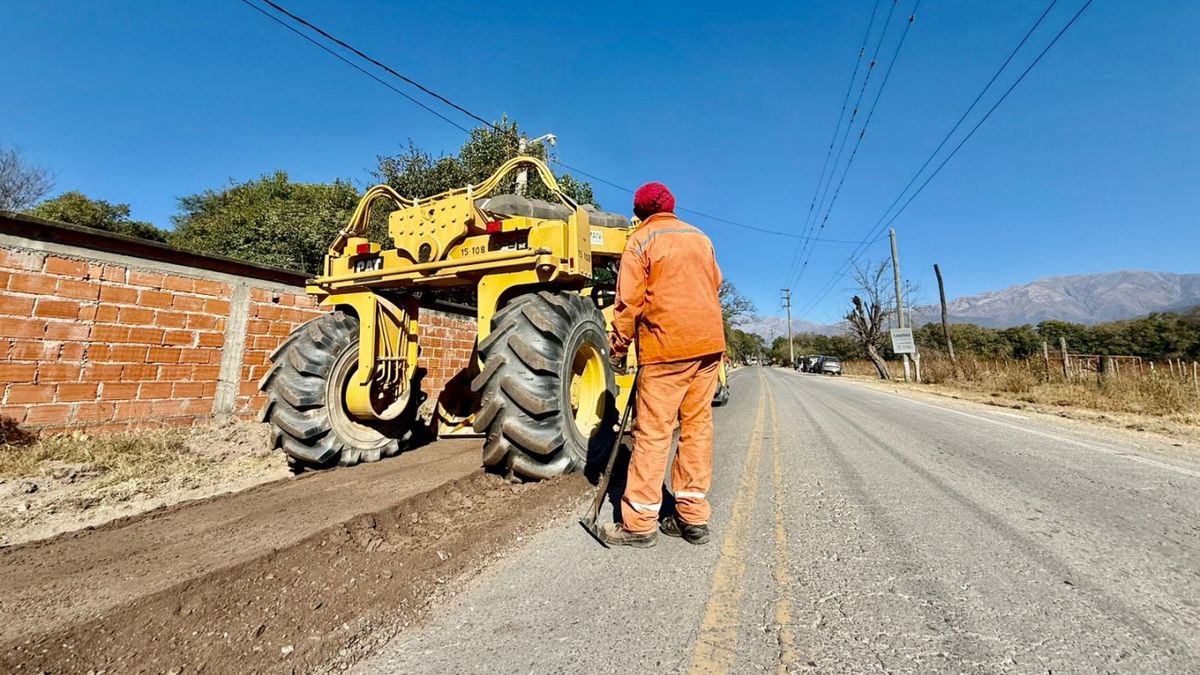“The demand and the desire of Europeans to no longer depend on Russian gas are clearly positive signs for the market. They will help “final investment decisions” to be made primarily in the Gulf of Mexico, explains Charlie Riedl, vice president of the Natural Gas Supply Association.
On March 8, due to the war unleashed in Ukraine after the Russian invasion, the United States banned the import of LNG, oil and coal from Russia. For years Washington has encouraged Europe to rely less on Moscow’s energy resources.
In a press release, The White House recalled that “federal policy does not limit the production of oil and gas. On the contrary, in the short term supply must increase with demand.”
Eight terminals currently allow The United States will export 400 million cubic meters of gas per day and the construction of some 14 new terminals has already been approved by the Federal Energy Regulatory Commission (Ferc).
This is the case of Driftwood LNG, the future liquefaction site and export terminal of Telluriansouth of Lake Charles, in the state of Louisiana (south).
Closed for a year and a half, it will materialize next month with the start of construction. It will be able to export 100 million cubic meters per day.
“In principle, we will be able to deliver LNG in 2026” to the oil companies Shell, Vitol and Gunvor, says the American-Lebanese businessman Charif Souki smiling in an interview with AFP on the occasion of CERAWeek, the great energy sector fair, in Houston, Texas.
The construction of plants should accelerate in the coming months in Louisianawhere Ferc has approved five projects, but also in Texas and Mississippi (south), where there are seven planned developments.
Since its first exports in 2016, the region has become the main shipping port for LNG. A network of gas pipelines connects these states of the Gulf of Mexico with the fields of the South, the Permian and Haynesville basins, but also with the Marcellus, in the northeast, the largest land reserve in the country.
Once on the coast, the gas is liquefied and transferred to the hydrocarbon vessels in charge of exporting it, mainly to Europe.
Not far from the future shipyard, Venture Global LNG has seen this month the first LNG tanker leave its brand new Calcasieu Pass terminal, built next to its plant in just 29 months, a speed record for an infrastructure of this type, insistently reminds its CEO, Mike Sabel.
Whether due to the multiple administrative procedures of this facility or those of another factory under construction near New Orleans, he believes that, since the crisis in Ukraine, the US authorities have issued their authorizations “faster than before”.
According to the Natural Gas Supply Association, each liquefaction plant requires an investment of 10 to 20 billion dollars. Only nuclear power plants need more capital to build.
“Increasing gas production in the United States is a lose-lose proposition for the communities of the Gulf, Europe and the climate,” estimates the environmental NGO CIEL.
“LNG brings together all the environmental impacts of shale gas, plus the energy-intensive emissions from liquefaction, cooling and transportation. In addition, it endangers the livelihoods of the inhabitants around the extraction and production sites and export”, denounces Nikki Reisch, its director of Climate and Energy.
Source: Ambito
David William is a talented author who has made a name for himself in the world of writing. He is a professional author who writes on a wide range of topics, from general interest to opinion news. David is currently working as a writer at 24 hours worlds where he brings his unique perspective and in-depth research to his articles, making them both informative and engaging.




